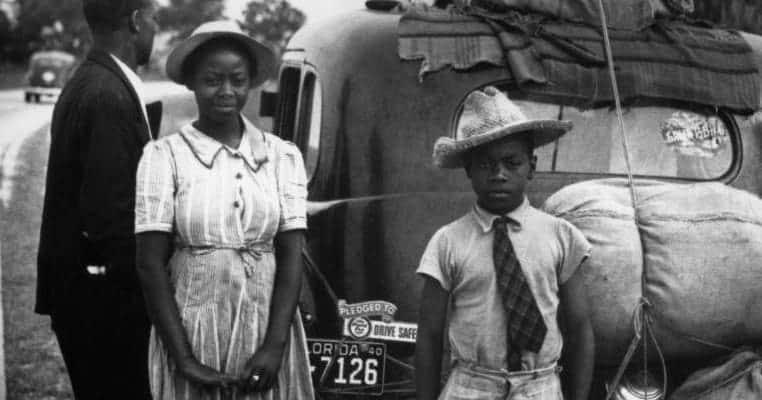During the era of the “separate but equal” facilities for blacks and whites in what was known as Jim Crow, a black middle-class emerged. Like others, ownership of an automobile became both desirable and in many cases a necessity. The automobile increased mobility and reduced dependence on public transit, which like everything else was segregated. Even long-distance railroad travel was segregated, with black travelers relegated to Jim Crow cars which were shabby, dilapidated, and less comfortable than those open to whites. Upon arrival at a station the black traveler found separate restrooms, eating facilities, and even ticket lines.

Travelling by automobile, whether for business or pleasure, eliminated those inconveniences and introduced a host of others. Many gas stations wouldn’t cater to black customers. Places to eat or sleep were likewise restricted. Some whole towns demanded blacks be outside of their limits between certain hours. Blacks travelling by the nation’s expanding highways could be in violation of the local laws without knowing it. In 1936, a book appeared which addressed these issues and more, intended to help black motorists avoid the pitfalls along the road which were a result of the Jim Crow era. It was called the Negro Motorist Travel Guide, and it was known as the Green Book, after its publisher, Victor Hugo Green. It was published annually for thirty years, and here is its story.

1. Its original publisher was a New York based postal worker
The era known as Jim Crow is generally associated with the southern states, but in fact segregation was rampant in the north as well, in the smaller towns and cities of many states, New York among them. Theaters, restaurants, lunch counters, beaches, state and federal parks, campgrounds, auto courts, hotels and motels, and virtually all other public facilities, were often segregated, or simply refused to serve blacks at all. Gas stations, which in that time not only sold gasoline and oil but serviced the vehicles of their customers by checking the water, battery, air pressure, and so on often refused to allow their white employees to wait on black customers.
The situation was bad enough in New York State that in 1936 Victor Hugo Green, a postal worker from Harlem, published the first of what would be three decades of travel guides for black motorists. His first edition was based on data he had accumulated over several years regarding businesses which accommodated black customers in the New York City area. Even as his first edition was being printed Green was gathering data for future expanded national editions of his book. He established an office in Harlem and began identifying the towns and cities across the United States where blacks could and could not find accommodations and services, based on the input from past customers.

